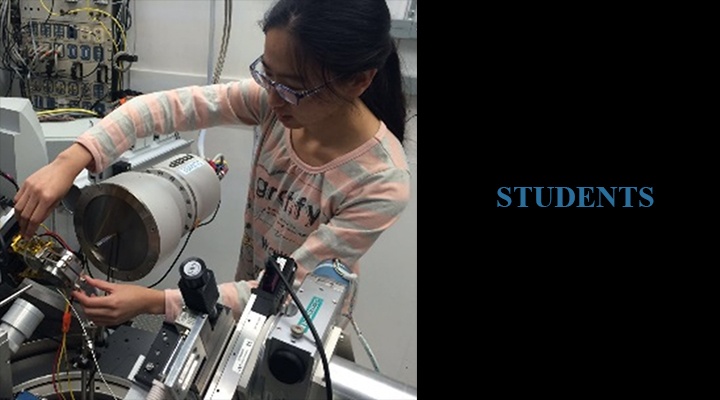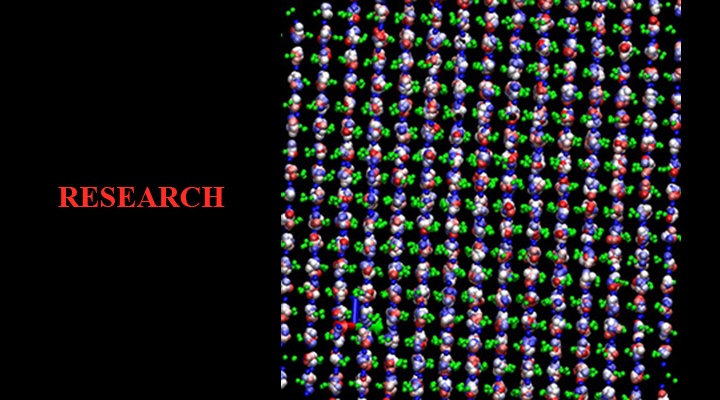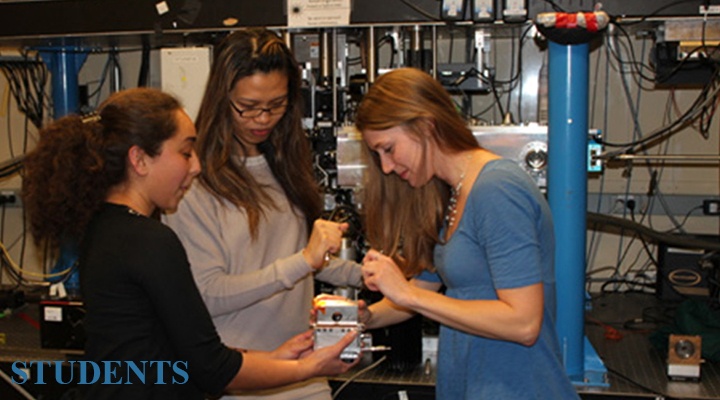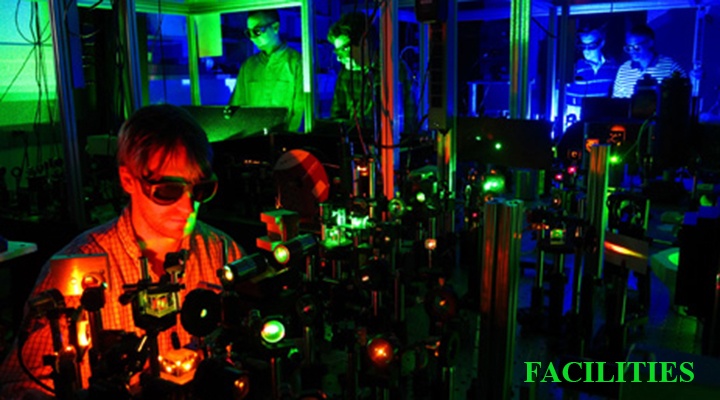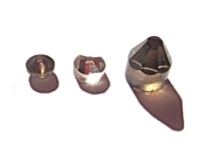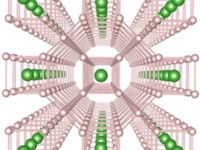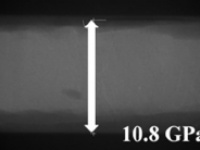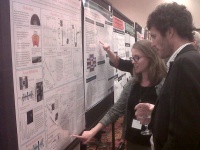September 21st, 2017
Extreme conditions research cannot be accomplished without state-of-the-art instruments. Thus, tools must be improved in order to access new domains and to expand the range of properties measured. In high pressure neutron diffraction, for example, one limitation that sample sizes need to be much larger than is the case for x-ray...
September 21st, 2017
The properties of hydrogen at extreme pressures and temperatures are of great interest to condensed matter physics, astrophysics, and planetary science due to the element’s putative simplicity and abundance in the visible universe. Of particular interest is the desire to know pressure-temperature conditions over which hydrogen is...
September 12th, 2017
Extending his original predictions for metallic hydrogen, Cornell's Neil Ashcroft later proposed that hydrogen-rich materials containing main group elements might exhibit superconductivity at accessible pressures. The hydrogen in these structures, he argued, may be considered “chemically precompressed.” These proposals, which were based...
June 14th, 2017
Recent developments at HPCAT have resulted in a number of important new experimental techniques that take advantage the properties of white beam radiation for the analysis of materials at high pressure. One such key capability is white beam radiography combined with energy-dispersive x-ray diffraction to give structural information with...
May 9th, 2017
The annual Stewardship Science Academic Programs (SSAP) Symposium was held in Naperville, IL on April 12-13, 2017. CDAC Director Russell Hemley gave an overview of the Center and its accomplishments in the...

